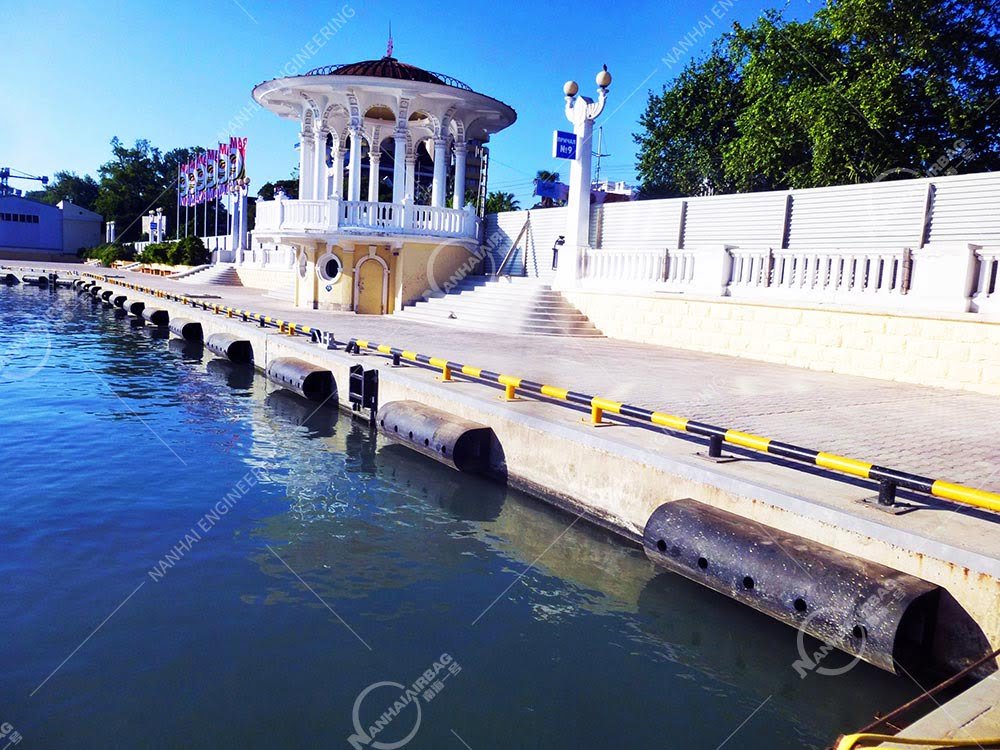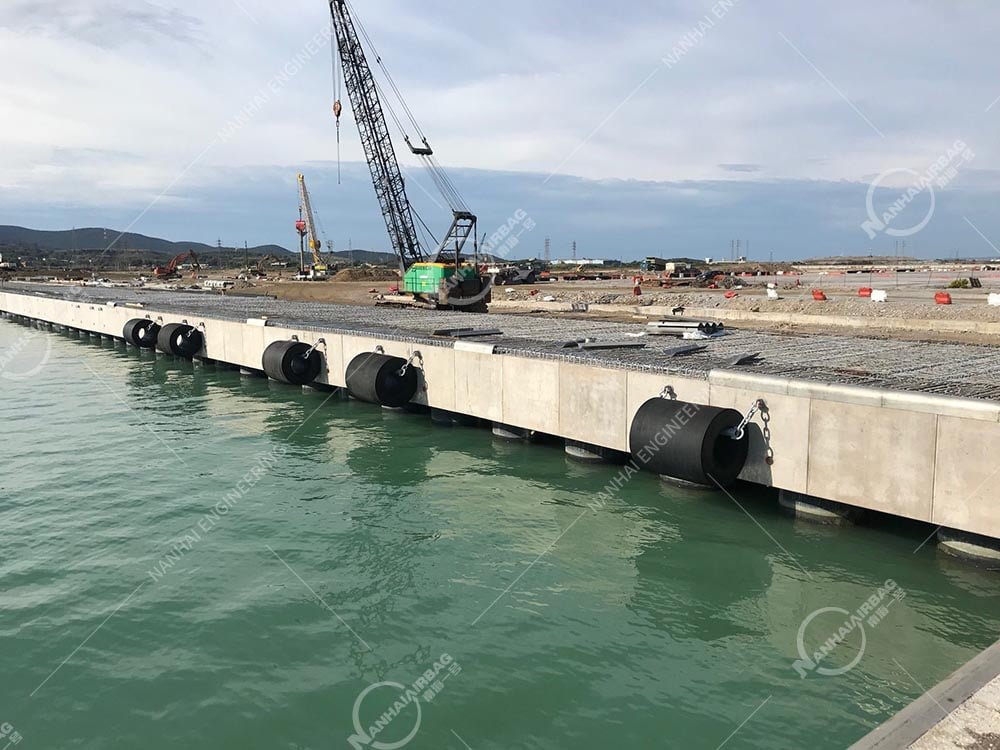Types of Fixed Rubber Fenders(part 1)
25/07/2024Types of Fixed Rubber Fenders (part3)
25/07/2024Types of Fixed Rubber Fenders (part2)
Fixed rubber fenders are essential components in maritime infrastructure, designed to absorb and dissipate kinetic energy during vessel berthing and mooring operations. This article explores various types of fixed rubber fenders commonly used in ports and harbors worldwide.yokohama fixed fenders It includes a wide variety of categories such as: Super cell fixed rubber fender, Super cone fixed rubber fender, Arch type fixed rubber fender,D type fixed rubber fender,Cylindrical fixed rubber fender,Element fixed rubber fender,Square fixed rubber fender,W type fixed rubber fender,Tuboat fixed rubber fender,fxied Roller fender,fixed Wheel fender,Cushion roller. Because it has more types, we will introduce it in more than one article. [part1/ part2/ part3/ part4]
D type fixed rubber fender
The D type fixed rubber fender is widely recognized in maritime settings for its exceptional protective capabilities.Its distinct "D" shape allows for broad contact and even distribution of impact forces, minimizing damage during berthing and mooring operations. Typically made from durable rubber compounds reinforced with steel bars or chains, these fenders are designed to absorb kinetic energy and reduce impact loads on vessels and port structures.
D type fenders are versatile, accommodating vessels of various sizes and types, from small boats to large ships. They are commonly installed along quay walls, pontoons, and dolphins in ports and harbors worldwide. This design feature ensures reliable performance in both vertical and horizontal force applications, making them suitable for diverse berthing conditions.
Maintenance is crucial to prolonging the fender's lifespan and ensuring operational efficiency. Regular inspections for wear, corrosion, and alignment issues are recommended to maintain peak performance and safety standards.
Cylindrical fixed rubber fender
The cylindrical fixed rubber fender is integral to maritime fixed fender , valued for its versatility and reliable protection in port and harbor operations. Featuring a cylindrical shape, it efficiently absorbs and dissipates kinetic energy during ship berthing and mooring. Designed with a durable rubber outer layer reinforced by internal steel rings or chains, the fender withstands high impact forces while maintaining shape and performance integrity. Its design ensures even pressure distribution between the fender, vessel, and quay wall during docking.Key benefits include versatility across vessel sizes—from small boats to large cargo ships—and robust, weather-resistant properties that reduce maintenance costs for port operators. The fender's ability to protect against varied berthing conditions enhances safety and efficiency in global port facilities.
the cylindrical fixed rubber fender is indispensable in enhancing maritime safety, protecting critical infrastructure, and facilitating efficient vessel operations worldwide. Its proven design, effective energy absorption capabilities, and adaptability make it a cornerstone of modern port management and maritime engineering, ensuring sustainable and secure maritime operations for years to come.
Unit Element fixed rubber fender
Key characteristics of unit elements in fender systems include:
Standardization: Unit elements are manufactured to standardized specifications, ensuring consistency in performance and compatibility across different installations.
Versatility: They are versatile in their application, capable of being arranged in different configurations to accommodate various vessel sizes and types of berthing structures.
Modularity: Modular design allows unit elements to be easily replaced or reconfigured without the need for extensive modifications to the overall fender system.
Performance: Unit elements are engineered to provide specific levels of energy absorption, reaction force, and deflection characteristics, tailored to the operational requirements of the fender system.
Integration: They are designed to integrate seamlessly with other components of the fender system, such as frontal frames, support structures, and fixing arrangements. In practice, unit elements are installed along docks, quays, and piers where vessels regularly berth.
In engineering and construction, a unit element refers to a standardized component or module that is part of a larger system or structure, designed to fulfill specific functions with uniformity and reliability. When applied to fenders, unit elements are individual segments or sections of fender systems that can be combined or arranged to meet the requirements of various berthing scenarios and vessel types. Unit elements in fender systems are typically designed to be modular, allowing for flexibility in configuration and installation.
More video



